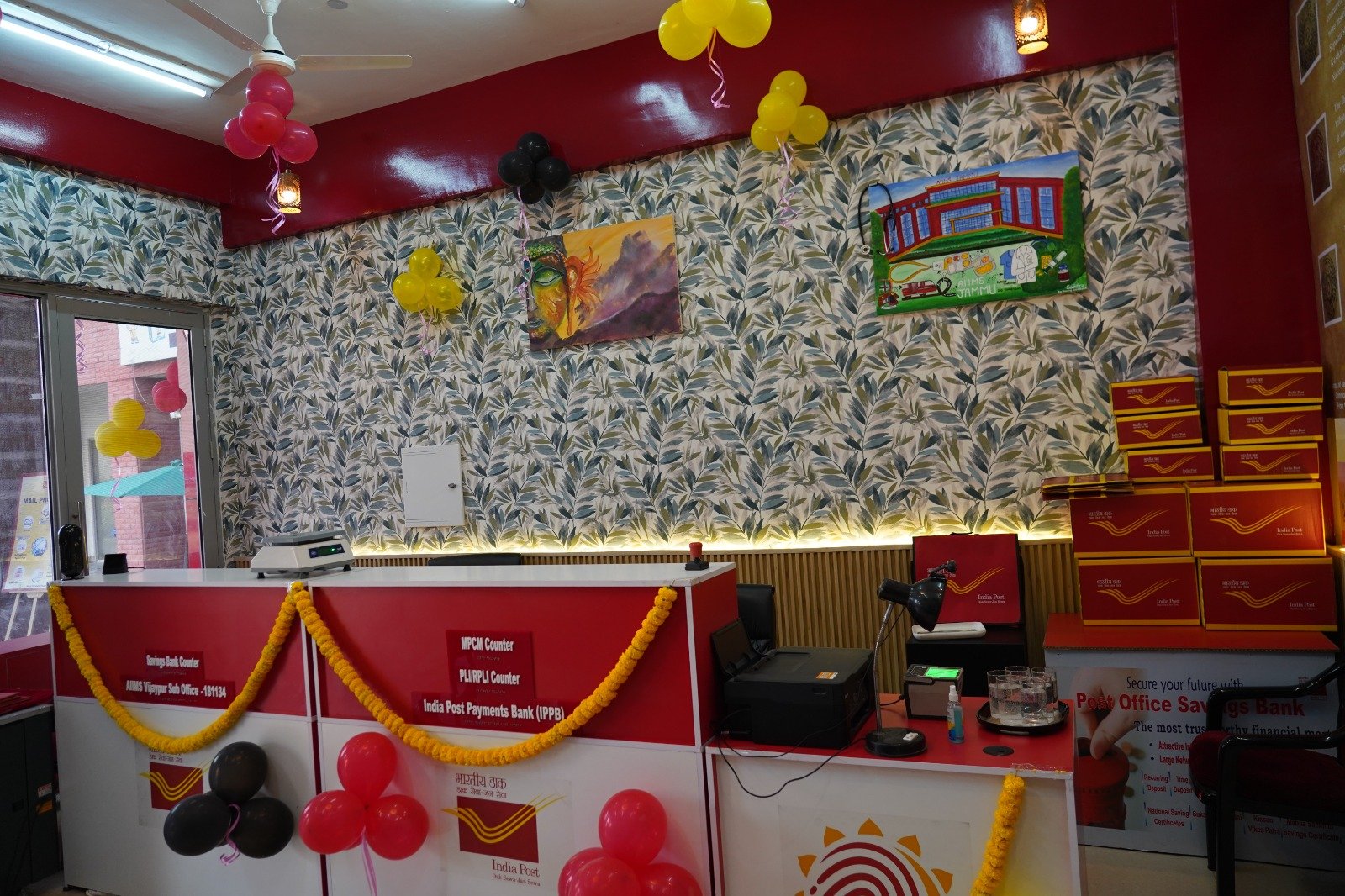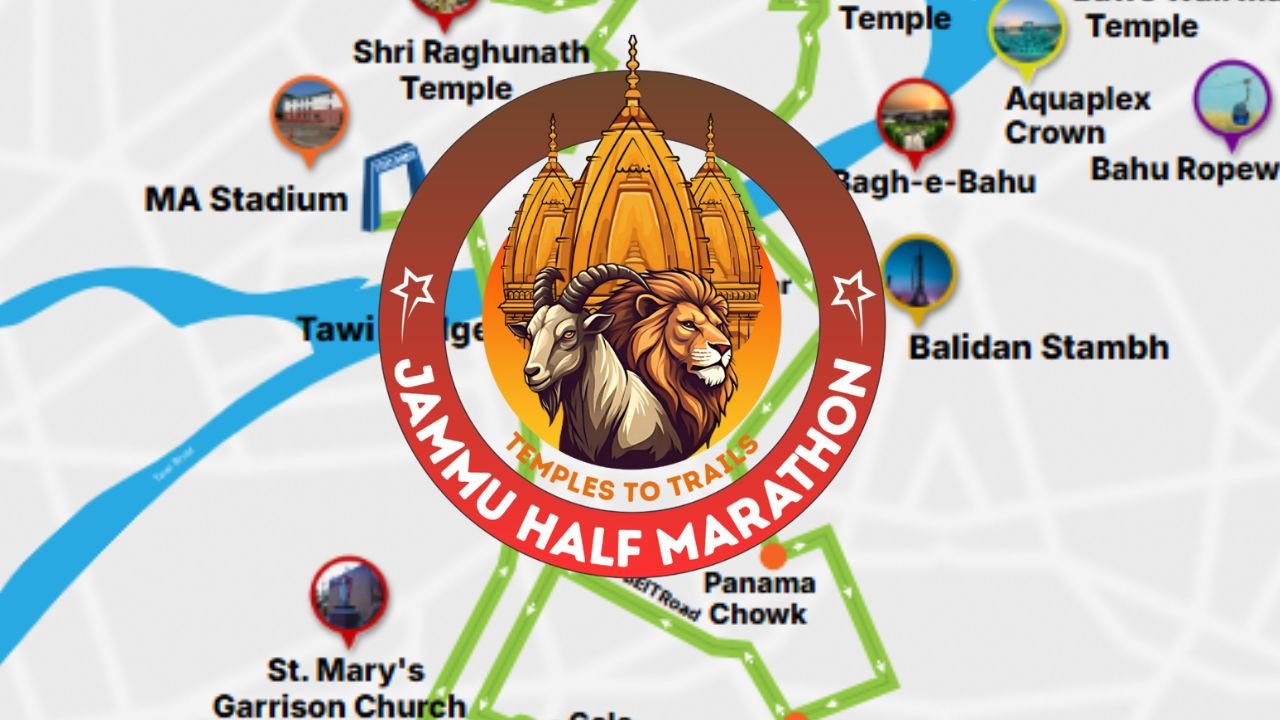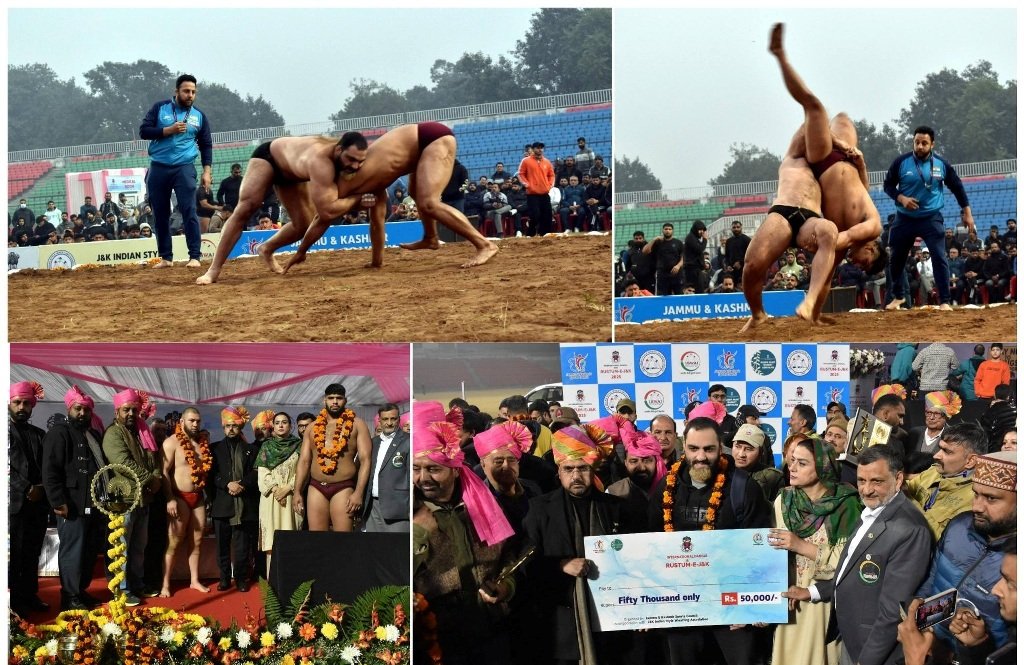Nestled deep in the hills of Jammu and Kashmir, Ramkund Temple in Poonch in the village of Narol, Mendhar tehsil, stands as a timeless symbol of ancient Indian heritage. Often overlooked due to its remote location, this sacred shrine is now gradually reclaiming its historic and religious significance.
Historical Importance of Ramkund Temple in Poonch
According to archaeological reports, Ramkund Temple in Poonch was constructed by Raja Lalitaditya Muktapida, the powerful ruler of Kashmir, who reigned between 724 AD and 761 AD. The temple’s architectural style and age closely resemble other temples built during his reign in Kashmir, making it a vital monument of the region’s rich cultural past.
What sets Ramkund apart is its connection to Rajatarangini, a historical chronicle written by Kalhana. The chronicle tells a fascinating tale of how Raja Lalitaditya discovered this holy site. While hunting in the dense forests of Mendhar, he encountered devdasis performing devotional songs and dances at this deserted location. Intrigued by their rituals, he ordered the land excavated. To his astonishment, ancient idols of Lord Keshav, reportedly installed by Lord Ram during his journey to Kashmir, were uncovered. These sacred relics were then taken to Kashmir, but Lalitaditya renovated the site and re-established it as a prominent religious center.
Sacred Ponds and Architectural Beauty of Ramkund Temple in Poonch
The Ramkund Temple complex features three holy ponds: Ram Kund, Lachman Kund, and Sita Kund. Positioned in descending order of size and elevation, Ram Kund receives fresh spring water that flows successively into the other two kunds before finally draining into a nearby stream. This natural water flow, combined with the serene surroundings of the Shahstar mountain range, creates a spiritually uplifting atmosphere for visitors.
A stone staircase on the eastern side of Ramkund leads to the main shrine. The 8th-century temple structure still stands, housing a recently installed idol of Lord Hanuman. Additional structures such as a cowshed, a pujari’s residence, and a ‘kutiya’ for saints and pilgrims add to the ashram-like ambiance. The western side is adorned with banana trees and a small plum orchard, further enhancing the tranquility of the space.
Annual Religious Gathering – Mela Chetar Chodas at Ramkund Temple in Poonch
Every year on 14th Chaitra (March), the temple becomes the center of spiritual festivity during the Mela Chetar Chodas, a religious fair that draws devotees from across Poonch and Rajouri. Pilgrims take ritualistic dips in the kunds, participate in bhajan-kirtan sessions, and offer prayers at the temple.
In recent years, efforts have been made to revive the temple’s importance. On April 3rd, a ceremonial Chari Mubarak Yatra departs from Hanuman Temple in Mendhar and travels toward Ramkund. Remarkably, the yatra is received with warmth and support by Muslim communities at Chassla, showcasing the communal harmony that defines this region. On April 4th, another grand mela is organized, attracting participants from areas including Jammu, Nowshera, Sunderbani, Surankote, and beyond.
Ramkund and Kalhana’s Rajatarangini Connection
The legend recorded in Kalhana’s Rajatarangini plays a crucial role in validating Ramkund’s antiquity. The transformation of Poonch from a military base—then called “Purn-Utsva”—to a town, and the temple’s excavation by Raja Lalitaditya, form part of this enthralling historical narrative. Even though most Hindu communities were unaware of this shrine for generations due to the dominance of non-Hindu populations in the region, oral traditions and historical research have kept the memory of its origin alive.
The story of the devdasis from a nearby village named Sover Dehmana—now called Dharana—further strengthens the belief that this site was indeed considered sacred long before its excavation. Their unexplained devotion to the place led to the rediscovery of one of the most significant temples in Jammu and Kashmir.
Preserving an Ancient Gem for Future Generations
Ramkund Temple is not just a place of worship; it is a living testament to India’s syncretic culture, devotion, and architectural excellence. From its 8th-century origins to its present-day revival, Ramkund represents the need to protect ancient heritage while fostering mutual respect among diverse communities.
To fully unlock the potential of this sacred site, government support, tourism development, and historical conservation are essential. Ramkund Temple deserves to be celebrated not just by the people of Poonch, but by all who cherish India’s deep spiritual and cultural roots.
















